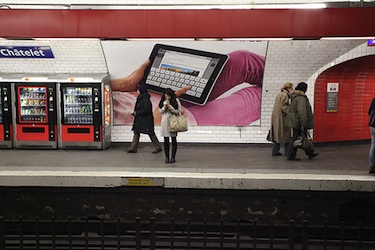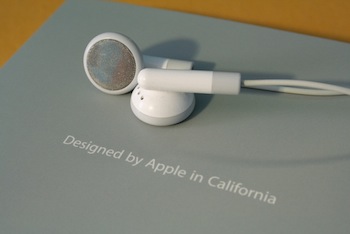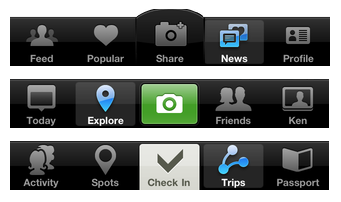To The Future! Apple Granted Liquid Metal Patent For Fuel Cell Casing
Apple’s new patent describes “amorphous alloy” collector plates for fuel cells, an electrochemical battery that uses hydrogen to generate electricity. Although the patent doesn’t reference the Liquidmetal trademark, the material is an amorphous alloy or “ metallic glass.”
Last year, Apple signed an exclusive agreement to use the Liquidmetal Technologies’ IP in consumer electronic products. But of course, the ever-secretive company hasn’t hinted at its plans for the material. The possibilites are endless. Liquidmetal is a super lightweight, high-strength, scratch-proof metal that NASA says is “poised to redefine materials science as we know it in the 21st century.”
I don’t think we’ll see anything like this our next iPhone, but the prospect of having a fuel cell iPhone is intriguing. If you thought battery life was excellent now, just imagine not having to charge your iPhone for an entire month. The collector plates enable the chemical reaction that generates power - liquid metal is preferred because of it’s strong qualities as being durable and anti-corrosive.








